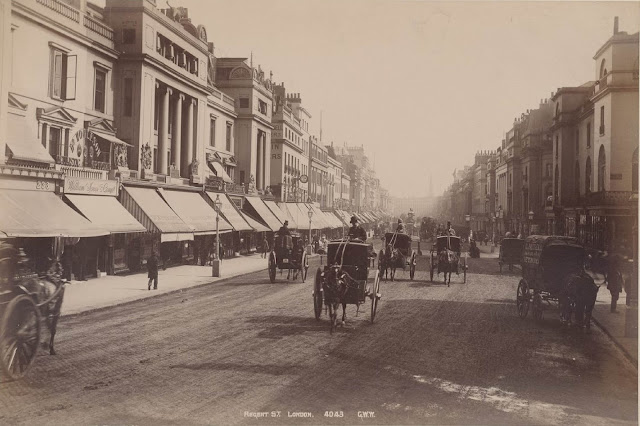During the 19th century, London was transformed into the world’s largest city and capital of the British Empire. The population rose from over 1 million in 1801 to 5.567 million in 1891. In 1897, the population of Greater London was estimated at 6.292 million people. By the 1860s it was larger by one quarter than the world’s second most populous city, Beijing, two-thirds larger than Paris, and five times larger than New York City.
During this period, London became a global political, financial, and trading capital. While the city grew wealthy as Britain’s holdings expanded, 19th century London was also a city of poverty, where millions lived in overcrowded and unsanitary slums. Life for the poor was immortalized by Charles Dickens in such novels as Oliver Twist.
Many new roads were built after the formation of the Metropolitan Board of Works in 1855. 1890 London had 5,728 street accidents, resulting in 144 deaths. London was the site of the world’s first traffic lights, installed at the crossroads of Bridge, Great George, and Parliament Streets outside the Houses of Parliament.
There was a flurry of bridge-building along the Thames from the City of London westwards during the 19th century, improving overland communication to Southwark. In 1800 there were only three bridges connecting Westminster and the city to the south bank: Westminster Bridge, Blackfriars Bridge, and the ancient London Bridge.
Several new bridges for road, pedestrian, and railway traffic were built: Southwark Bridge (1819), Waterloo Bridge (1817), Hungerford Bridge (opened in 1845 as a footbridge, and converted in 1859 into a combination footbridge/railway bridge for Charing Cross Station), and Tower Bridge (1894). Further upriver, the new bridges included Lambeth Bridge (1862), which replaced a centuries-old cross-river ferry service, Vauxhall Bridge (opened 1816), Victoria Bridge (opened in 1858 and later renamed Chelsea Bridge), and Wandsworth Bridge (1873).
The impetus for this building was London’s massive population growth, which put a constant strain on existing communications between the north and south banks. The want of overland bridges was one of the issues cited by the Illustrated London News in an editorial of 1854 enumerating the most urgent needs of the city.






















0 comments:
Post a Comment